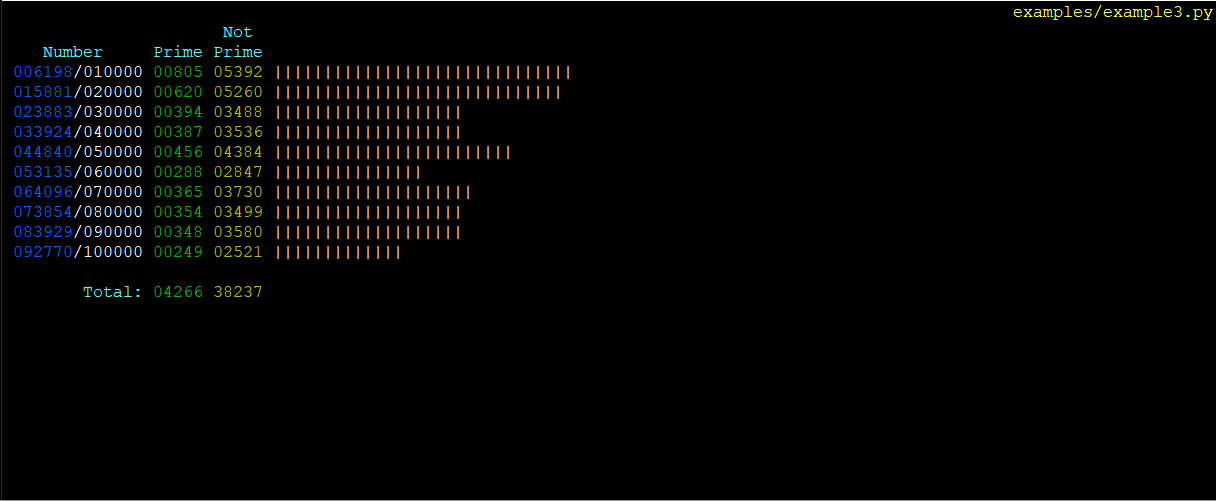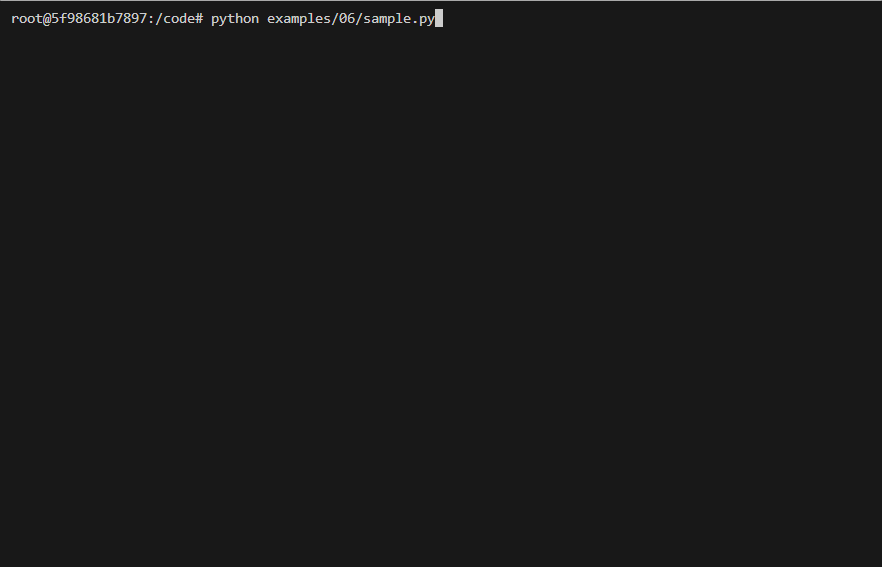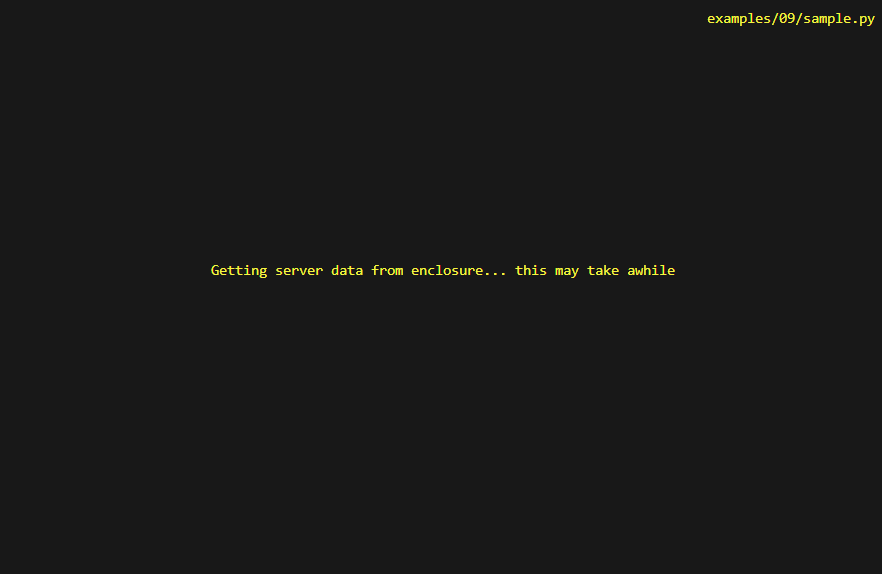The mpcurses package facilitates seamless terminal screen updates from child processes within a multiprocessing worker pool - leveraging the curses library for terminal manipulation. The MPcurses class is a subclass of MPmq; a multiprocessing message queue which enables inter-process communication (IPC) between child workers and a parent process through queuing and consumption of log messages. Mpcurses provides a lightweight abstraction for the curses terminal screen, representing it as a Python dictionary. It includes predefined directives for updating the screen, encompassing:
- Numeric counter management
- Match messages using regular expressions
- Text value and color updates
- Visual indicator maintenance
- Progress bar rendering
- Table and list displays
Refer to the MPcurses documentation here: https://soda480.github.io/mpcurses/
pip install mpcursesInvoke a single child process to execute a task defined by the do_something function. Mpcurses captures all log messages and sends them to a thread-safe queue, the main process consumes messages and uses regular expressions to update the screen which is represented as a dictionary.
from mpcurses import MPcurses
import namegenerator, time, logging
logger = logging.getLogger(__name__)
def do_something(*args):
for _ in range(0, 400):
logger.debug(f'processing item "{namegenerator.gen()}"')
time.sleep(.01)
MPcurses(
function=do_something,
screen_layout={
'display_item': {
'position': (1, 1), 'text': 'Processing:', 'text_color': 0, 'color': 14,
'clear': True, 'regex': r'^processing item "(?P<value>.*)"$'}
}).execute()Executing the code above results in the following:

NOTE none of the functions being executed in any of the examples include information about the curses screen, multiprocessing or messaging queue - this is handled seamlessly by mpcurses.
Build the Docker image using the instructions below, run the examples. python examples/##/sample.py
Execute a function that calculates prime numbers for a set range of integers. Execution is scaled across 7 different workers where each process computes the primes for a different range of numbers. For example, the first worker computes primes for the range 1-10K, second worker computes for the range 10K-20K, etc. The main process keeps track of the number of prime numbers encountered for each worker and shows overall progress for each worker using a progress bar.
Execute a function that processes a list of random items. Execution is scaled across 3 workers where each worker processes a unique set of items. The main process maintains indicators showing the number of items that have been processed by each worker; counting the number of Successful, Errors and Warnings. Three lists are also maintained, one for each group that list which specific items had Warnings and Failures.
Execute a function that contains a workflow containing tasks to update firmware on a server residing in a blade enclosure. Execution is scaled across a worker pool with five active workers. The main process updates the screen showing status of each worker as they execute the workflow tasks for each blade server.
-
edgexfoundry/sync-github-labels A script that synchronizes GitHub labels and milestones
-
edgexfoundry/prune-github-tags A script that prunes GitHub pre-release tags
Clone the repository and ensure the latest version of Docker is installed on your development server.
Build the Docker image:
docker image build \
-t mpcurses:latest .Run the Docker container:
docker container run \
--rm \
-it \
-v $PWD:/code \
mpcurses:latest \
bashExecute the build:
pyb -X





